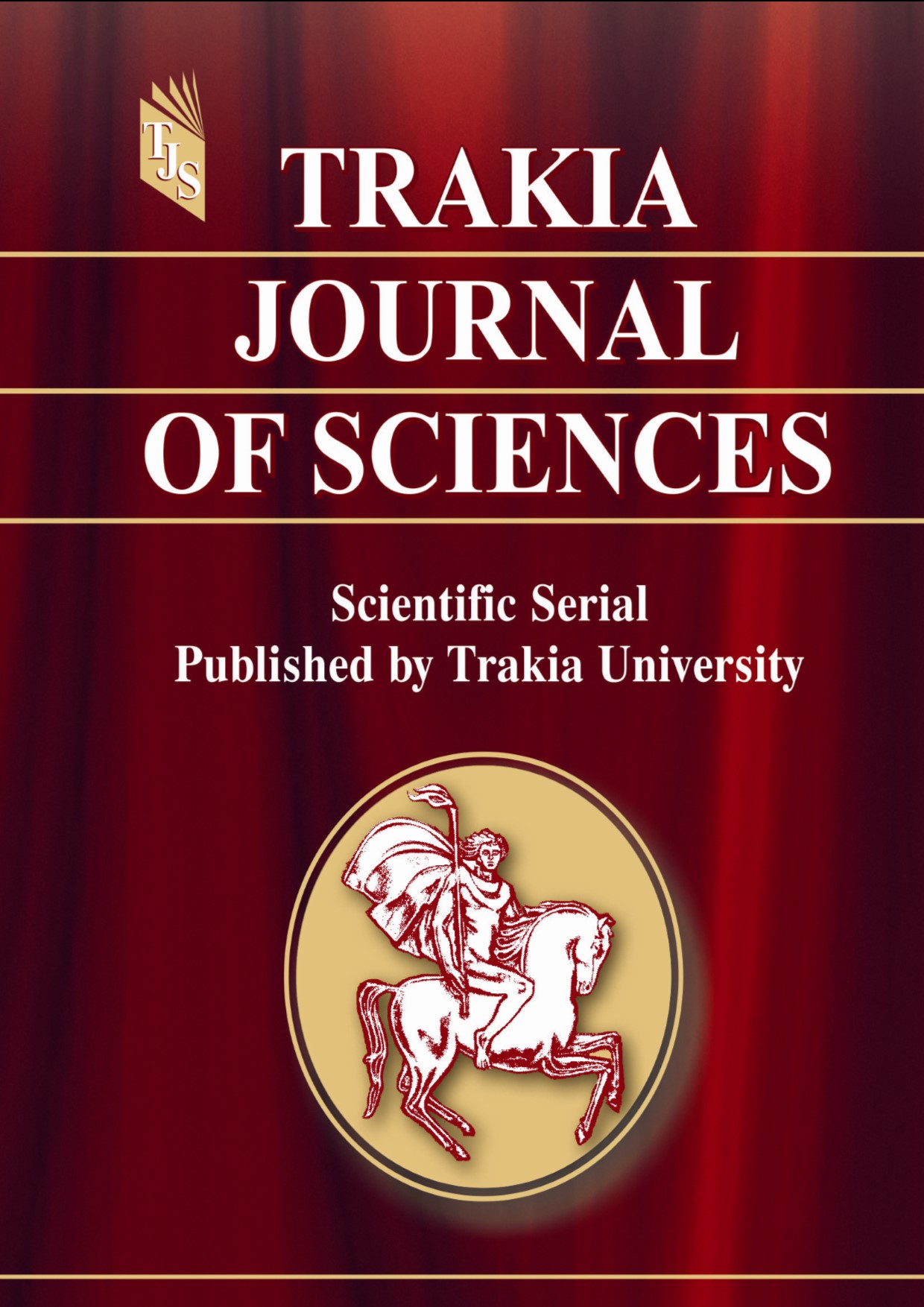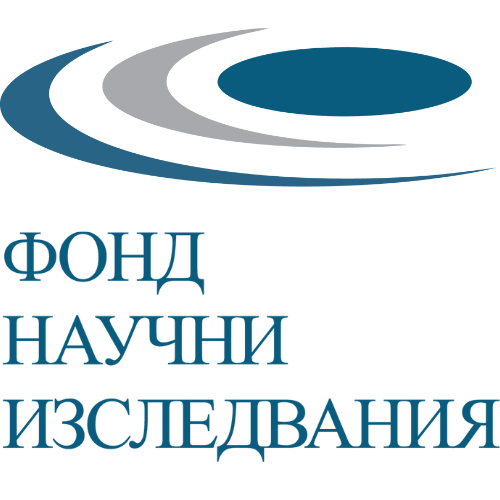DIGITAL TRANSFORMATION IN HIGHER MEDICAL EDUCATION: OPPORTUNITIES AND CHALLENGES
DOI:
https://doi.org/10.15547/tjs.2025.s.01.018Keywords:
digital transformation, higher medical education, hybrid learning, student satisfaction, online learningAbstract
OBJECTIVE: This study explores the effectiveness and adoption of hybrid learning models as part of digital transformation in higher medical education. The focus is on the students of Health Care Management at the Faculty of Public Health, Medical University - Pleven, in the context of the Bulgarian regulatory and technological framework. METHODS: The questionnaire contained 17 closed-ended questions assessing satisfaction, preferences, perceived strengths and weaknesses, as well as self-rated outcomes. Data were analyzed using descriptive statistics and chi-square tests. RESULTS: 61.9% of students expressed full support for the hybrid model. Key advantages were time flexibility (72.6%) and improved IT skills (66.1%), while key disadvantages were limited communication (58.3%) and poor feedback (50%). CONCLUSIONS: Hybrid learning proves to be a suitable and effective approach for postgraduate healthcare education. In the Bulgarian context, its broader application remains limited due to the absence of clear standards for online learning in medical fields and the clinical nature of core specialties. Further regulatory clarity, pedagogical refinement, and investment in digital infrastructure are essential for the responsible and sustainable integration of hybrid models.
References
Goose, PA (2015). Using technology to address the challenges of medical education. Proceedings of the American clinical and climatological association , 126, 260-270.
Yeung, AWK et al (2022). The impact of multimedia and personalized content on medical education: A systematic review. Medical Education Review, 56(3), 345-356.
Kiani, A., Akbarilakeh, M., Shahmorad, M., Abedini, A. and Emami, H. (2023). Impact of educational multimedia use on knowledge, skills, and medical error reduction after bronchoscopy. Tanaffos , 22(2), 262-267.
Chukurliev, H. (2024). Four innovative teaching methods. Is there a place for postpedagogy? English Studies at NBU , 10(1), 43-58. https://doi.org/10.33919/esnbu.24.1.3.
Frehywot, S., Vovides, Y., Talib, Z., Mikhail, N., Ross, H., Wohltjen, H., Bedada, S., Korhumel, K., Koumare, AK, & Scott, J. (2013, February 4). E-learning in medical education in resource-limited, low- and middle-income countries. Human Resources for Health, 11(1), 4. https://doi.org/10.1186/1478-4491-11-4 . PMID: 23379467. PMCID: PMC3584907.
Issa, N., Schuler, M., Santacaterina, S., Shapiro, M., Wang, E., Meyer, RE and DaRosa, DA (2011). Applying multimedia design principles improves learning in medical education. Medical Education , 45(8), 818-826. https://doi.org/10.1111/j.1365-2923.2011.03988.x.
Sutter, R., Cuellar, AE, Harvey, M., & Hong, YA (2020). Academic nurse-managed clinics transitioning to telehealth: COVID-19 rapid response case report. JMIR Nursing, 3(1). https://doi.org/10.2196/24521
Garcia-Robles P, Cortez-Perez I, Nieto-Esquames FA, Garcia-Lopez J, Obrero-Gaitan E, Osuna-Perez MS (2024) Immersive virtual reality and augmented reality in anatomy education: a systematic review and meta-analysis. Anat Sci Educ. (17), 514-528. https://doi.org/10.1002/ase.2397
OECD (2023). Health at a glance 2023: OECD indicators. Paris: OECD Publishing. https://doi.org/10.1787/7a7afb35-en.
Ministry of Education and Science (2023). Bulgaria. Regulation on distance learning in higher education institutions [in Bulgarian] . Retrieved from https://mon.bg .
Dzhambazov, V. (2020). The Difference Between E-learning and Online Learning. V: Modern realities - problems and perspectives. Proceedings of Scientific Reports, NBU. ISBN 978-954-383-137-1, pp. 395-400.
Allen, IE, & Seaman, J. (2016). Tracking online assessments in online education in the United States. Babson Survey Research Group.
Kirkova-Bogdanova, A.G., I. Taneva, D. and Sandeva, M. (2023). Health students' experiences and evaluation of distance learning during the COVID-19 pandemic: The case of Medical University of Plovdiv. TEM Journal, 1166-1173
Mihaylova, A., Khadzhieva, B., Papanov, S. and Kasnakova, P. (2022). Challenges of distance learning for health care students – Our Experience at Medical University of Plovdiv, Bulgaria. IATED Digital Library.
Al-Balas, M., Al-Balas, H.I., Jaber, H.M., Obaidat, K., Al-Balas, H., Aborajouh, E.A., Al-Taher, R. and Al-Balas, B. (2020). Distance learning in clinical medical education amid the COVID-19 pandemic in Jordan: Current situation, challenges and perspectives. BMC Medical Education, 20(1), 341. https://doi.org/10.1186/s12909-020-02257-4
Shotarov, A. (2023). Digital transformation of medical education. Journal of IMAB - Annual Proceeding , 29(1), 4839-4842. https://doi.org/10.5272/jimab.2023291.4839 .
Ivanov, K. et al. (2006). Distance Learning - Challenges for University Medical Education in Bulgaria. Thracian Journal of Sciences, 4(4), 28-33.
Calder, J. and McCollum, A. (1998). Open and flexible learning in vocational education and training . London: Cogan Page.
Clark, R.C. and Meyer, R.E. (2008). E-learning and the science of learning: Evidence-based guidelines for users and designers of multimedia instruction (3rd ed.). Chichester: John Wiley & Sons.
Distance Learning Association of the United States (nd). Definition of Distance Learning. Retrieved from http://www.usdla.org.
Georgieva-Tsaneva, G. and Serbezova, I. (2023). Innovative technologies for healthcare and medical education in higher education in Bulgaria. TEM Journal, 12(4), 2500-2511. https://doi.org/10.18421/TEM124-62.
License: CC BY-NC-SA 3.0 IGO (2020). Digital education for capacity building of health workers. Geneva: World Health Organization.

Downloads
Published
Issue
Section
License

This work is licensed under a Creative Commons Attribution-NonCommercial 4.0 International License.


